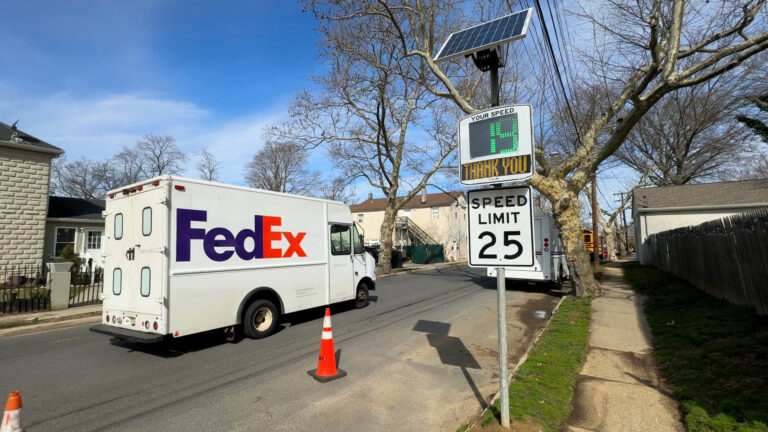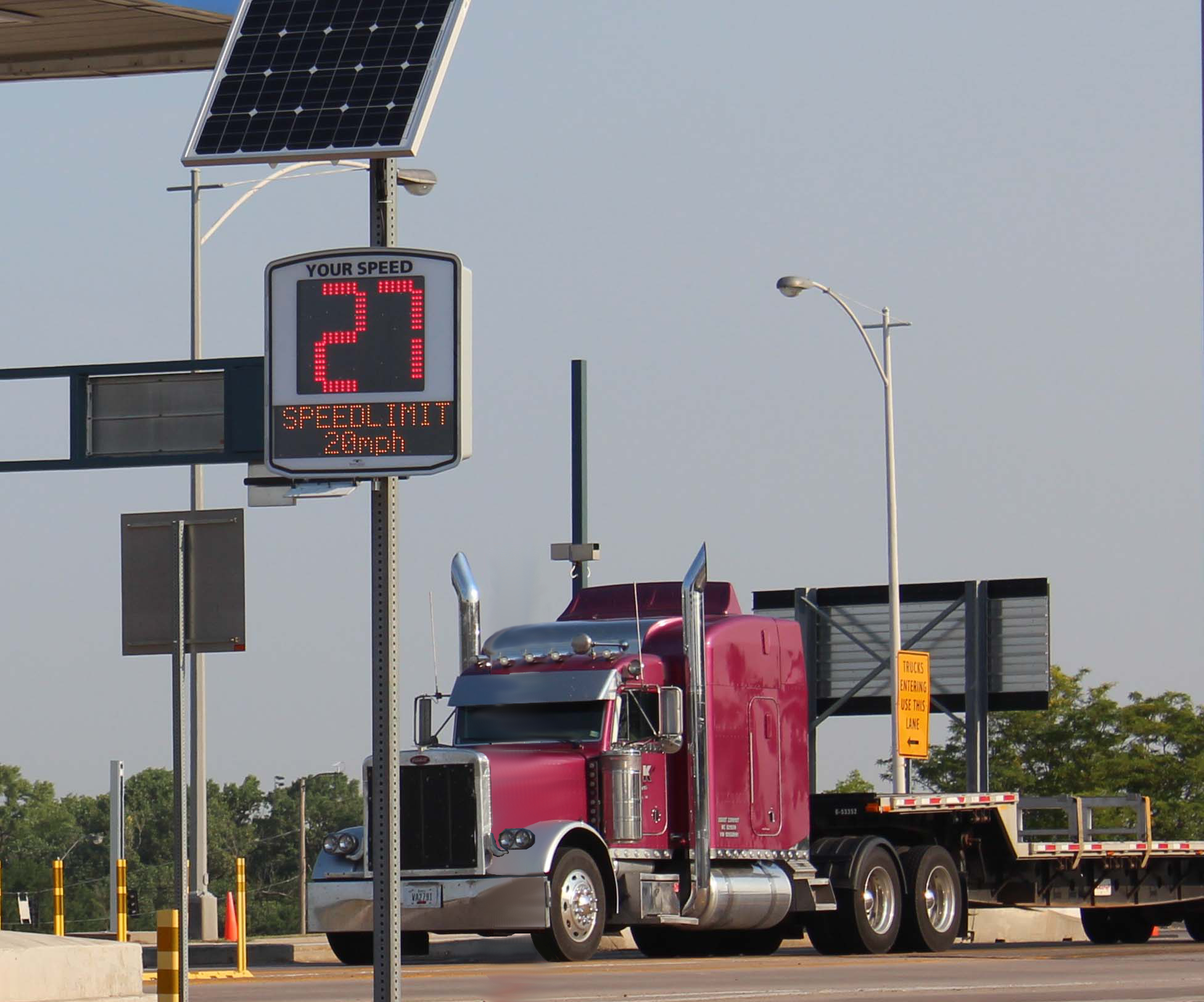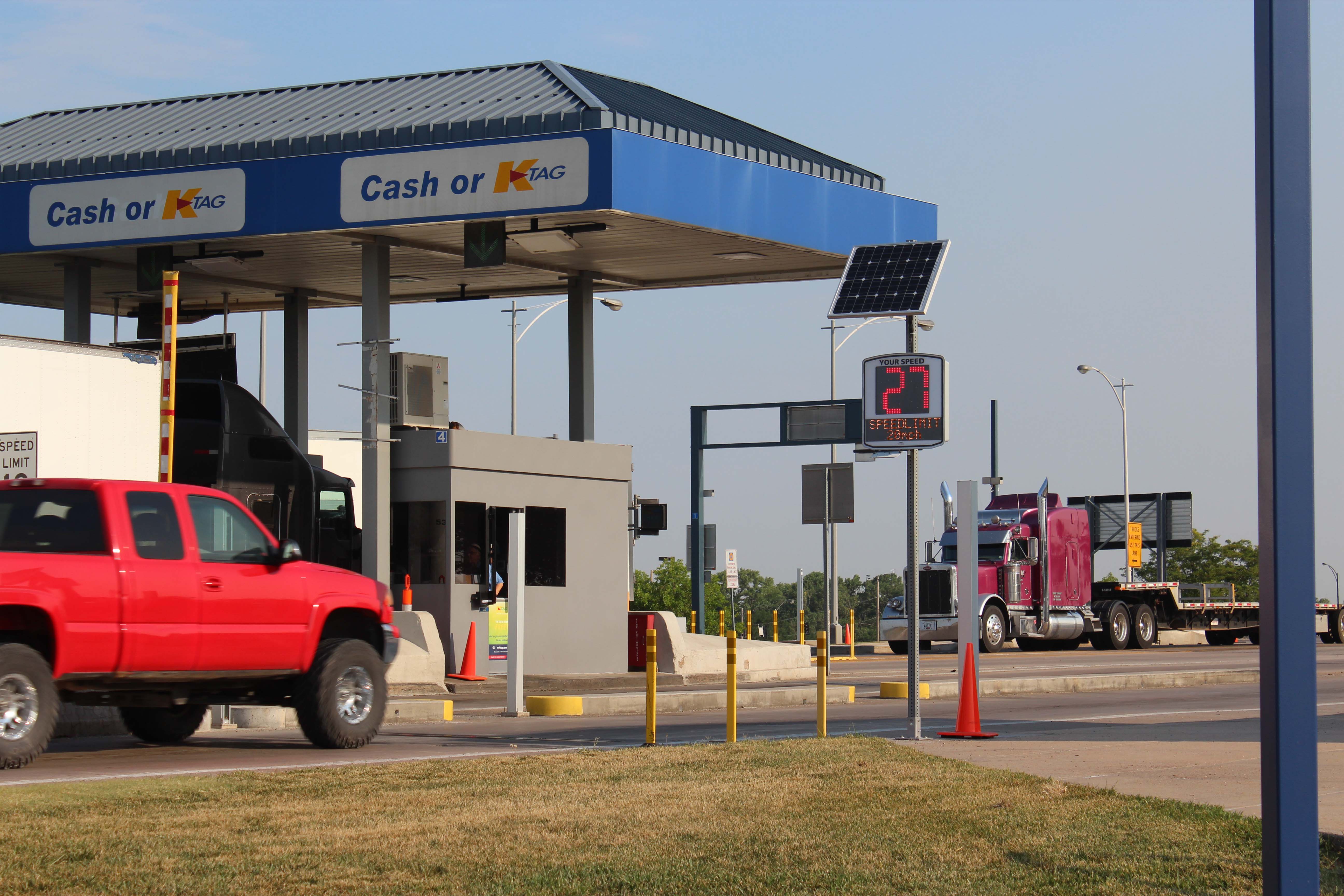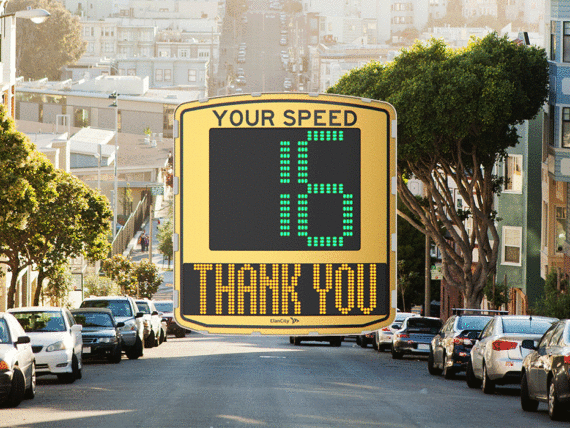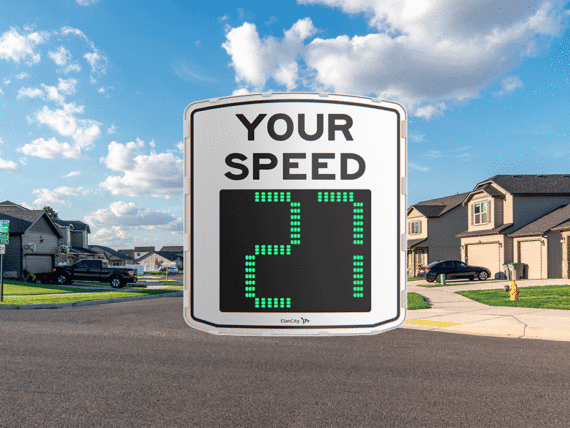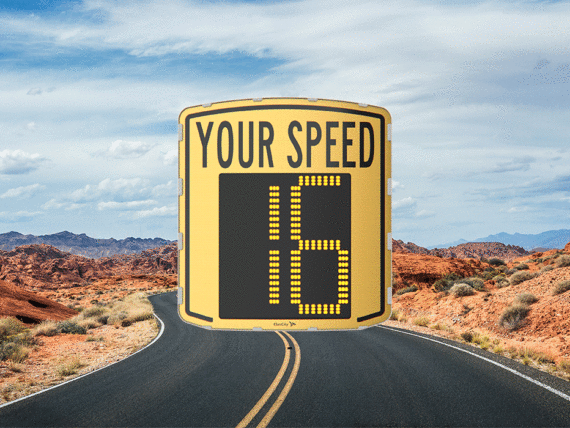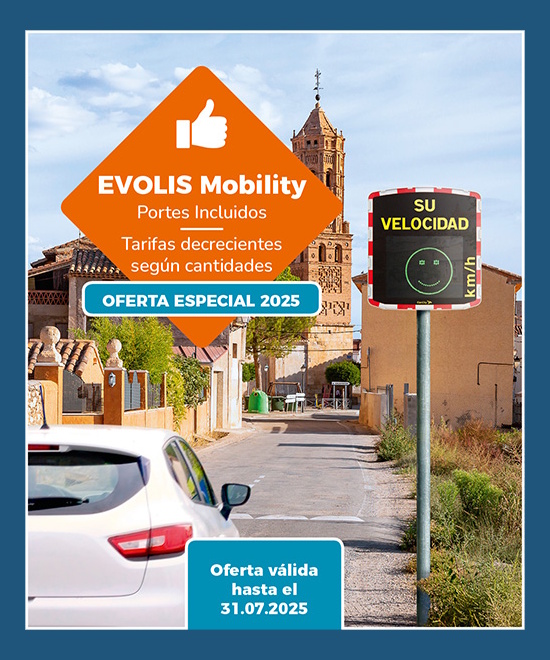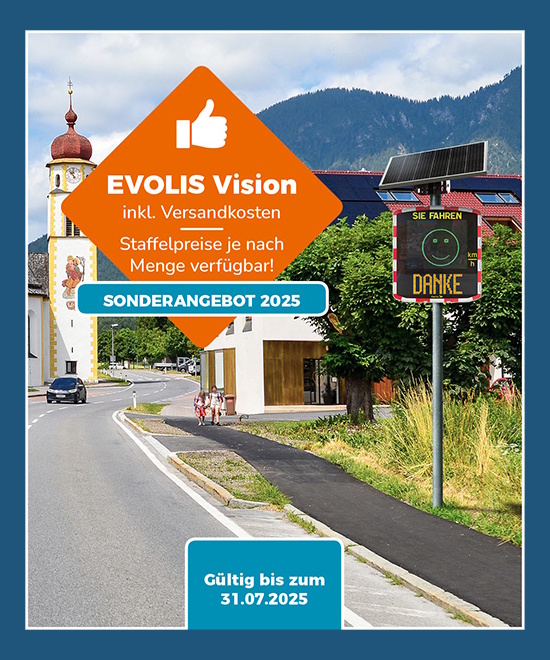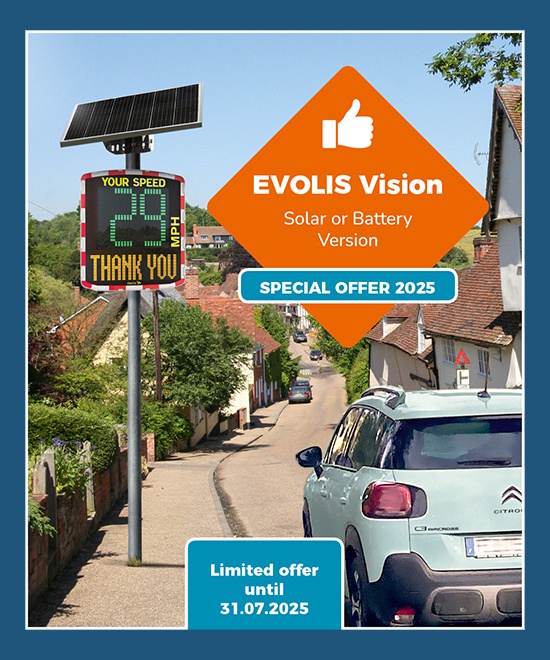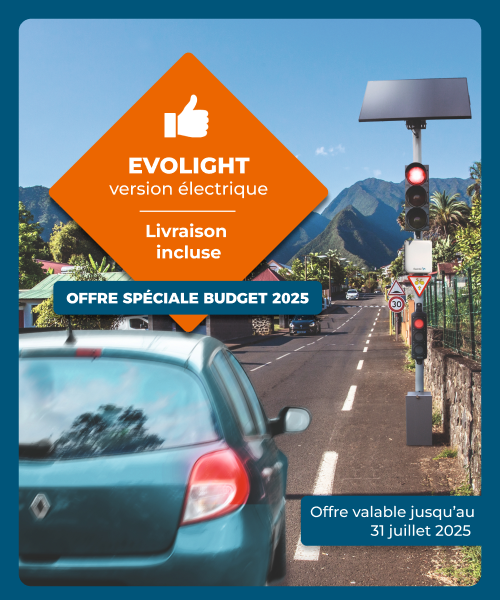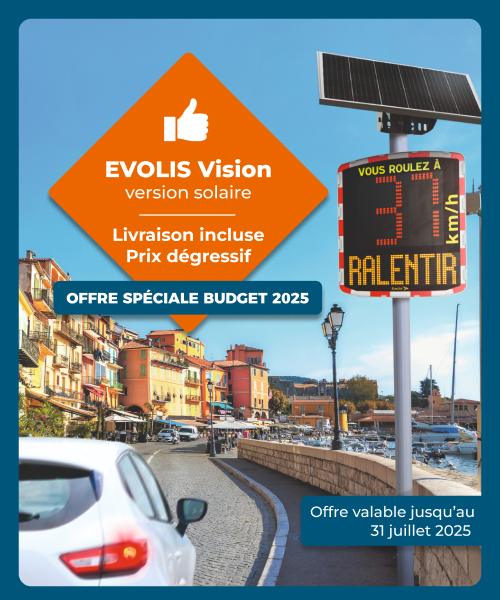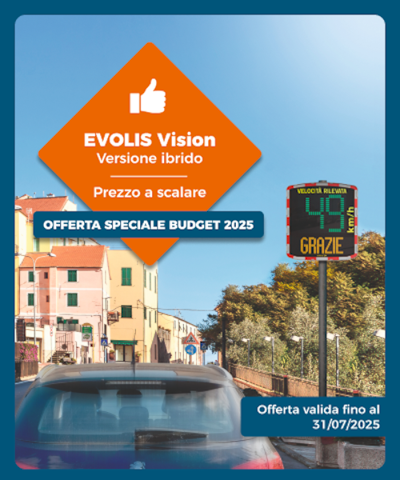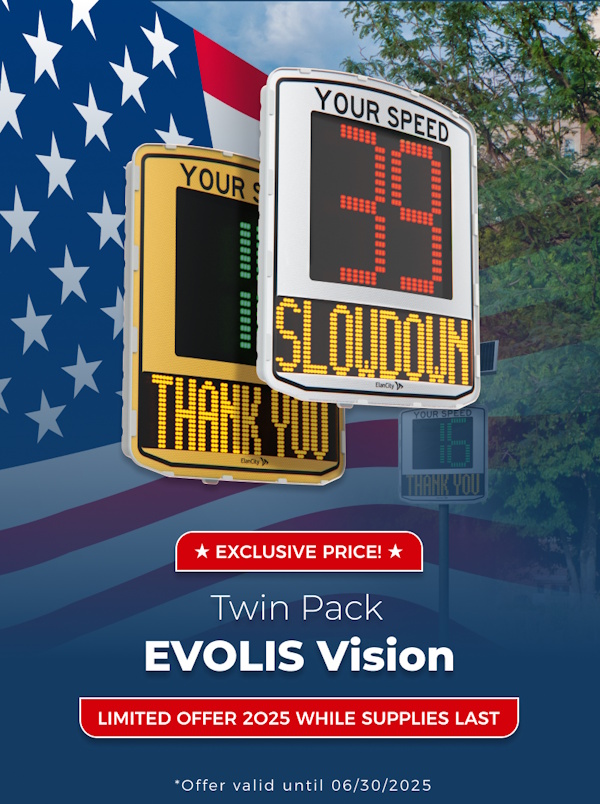Private companies
Work Zones Safety: Protect parking and delivery areas against speeding with Radar Speed Signs
Corporate, commercial, industrial or warehouse campuses with a heavy flow of foot traffic often encounter serious safety risks due to busy roads. Installing radar speed signs in these high-traffic areas can improve safety by informing drivers that their current speed exceeds the limit. Our systems offer effective traffic-calming solutions and create a safer environment for employees, pedestrians and drivers. Beyond physical safety, these display radar signs encourage a culture of cautious driving that aligns with corporate responsibility goals.
Reduce speeding in your parking lots, delivery, warehouse areas
In large delivery areas or truck parking, different types of vehicles and pedestrians often cross paths. Adding to the risk in such areas is the “force of habit” effect, where drivers are less attentive due to familiarity and routine.
By taking a long-term prevention approach, speeding and accidents can be reduced and safety reinforced in these work zones. The bottom line: Radar speed signs offer a safer future for your staff members and colleagues.
The evidence speaks for itself: Notifying drivers of their current speed leads to an immediate and enduring 25% reduction in speed.
Elan City’s private radar speed sign solutions
Choosing an Elan City radar speed indicator device is a promise of quality. With over 30,000 devices in operation across the globe, our products have helped boost safety standards for a wide variety of factories and industries. Elan City offers self-contained (solar-powered) products designed for effortless single-person installation, with an impact even on sensitive areas where vehicles drive as slow as 9 or 12 miles per hour. Perfect for improving employee safety!
Discover our range of products
Frequently Asked Questions
Do radar speed signs have an effect at low speeds?
Radar traffic signs effectively monitor and control vehicle speeds as low as 9 miles per hour. This approach is crucial in areas where a mix of slow-moving traffic, pedestrians and confined spaces poses safety risks. By providing real-time feedback to drivers about their current speed, radar speed signs encourage safer driving practices, reducing the potential for accidents and ensuring a secure environment for employees in areas with varying traffic speeds (depot, parking lot, storehouse, warehouse).
How do radar speed signs work? Are they a proven solution?
When drivers are made aware of their current speed, there is an immediate and sustained slow-down, with speeds decreasing by 25% on average.
To endure lasting change, specific steps can be taken to avoid drivers becoming desensitized to the effect of radar speed signs:
1. Relocate the radar speed sign. Our lightweight and portable signs can be easily moved to different locations, targeting high-risk areas. This approach lets you cover multiple work zones (warehouse, storehouse, depot), collect new data and maintain driver awareness of speed limits.
2. Customize the display messages. To reinforce safety, specific messages such as “danger ahead” can be added when drivers exceed the speed limit. This provides an additional prompt to slow down.
3. Enable spy mode. When this is activated, the radar speed sign continues recording speed data even when the display is off, allowing you to compare driver behavior with and without the speed indicator visible. This can offer valuable insights into the long-term impact on traffic behavior.
Is the radar robust? What about vandalism?
The pole-mounted EVOLIS Radar Speed Indicator Sign is built with a sturdy and waterproof single-piece design using reinforced ABS-Polycarbonate resin, ensuring durability and resistance to the elements. This robust construction also makes the sign resistant to vandalism.
For additional security, the product comes with a 2-year warranty for total peace of mind.
What is the optimal location for my radar speed display?
Optimum placement: Speed signs should be placed in areas where speeding is a major problem, as indicated by a high number of road accidents and speeding complaints from employees.
Safety and regulatory guidelines for installation:
- Install the radar on the right-hand side of the road facing incoming traffic. Be sure to align the radar as close to perpendicular to the road axis as possible.
- Ensure the radar speed sign is mounted at a height of least 7 feet to avoid blocking pedestrian pathways.
Important installation metrics:
- For optimal performance, place the radar along a straight segment of road that extends at least 700 feet – the distance from which the radar is visible to drivers.
- The radar’s Doppler antenna can detect incoming vehicles from as far as 1000 feet away.
- The speed display updates every 1.1 seconds, ensuring virtually real-time feedback for drivers.
What are the power sources? Which one should I choose?
According to our data, 80% of local authorities who have installed a radar speed sign prefer the solar option for its convenience and energy efficiency.
Power source options:
- Solar Connection: The radar speed sign is self-sufficient, equipped with two back up batteries and powered by a 95-watt photovoltaic panel, ensuring power all year round.
- Electric: The radar speed display can be powered by a constant electric current or connected to the public lighting network, with a minimum requirement of five hours of nightly charging.
- Dual Power: This option integrates both solar and electrical connections, offering a reliable backup power source. For instance, if solar power is insufficient due to a lack of sunlight, the system can switch to electricity. Similarly, solar power can serve as a backup if the connection to public lighting fails to provide the necessary five hours of charge.
- Batteries: The system includes two batteries and an external charger, providing between 7 and 10 days of autonomy.
